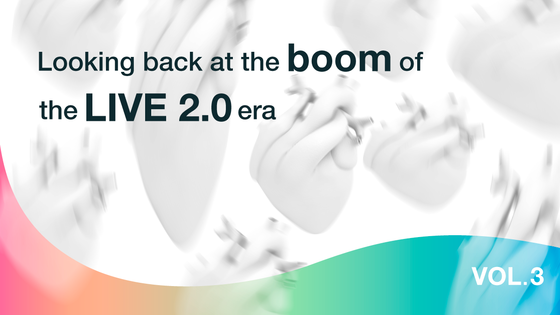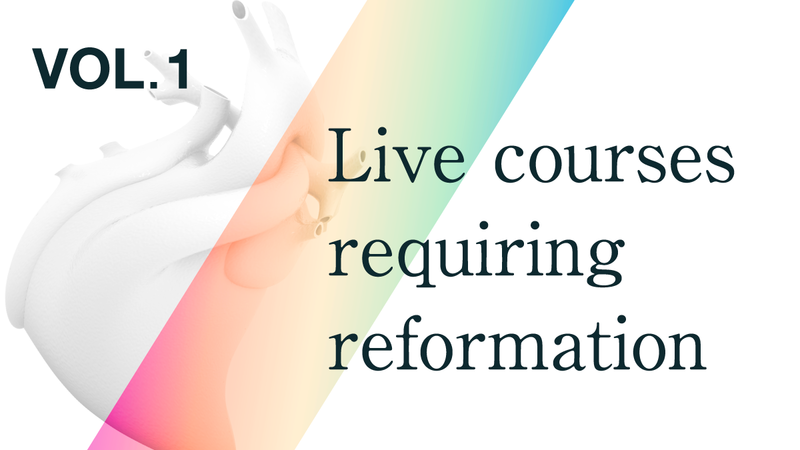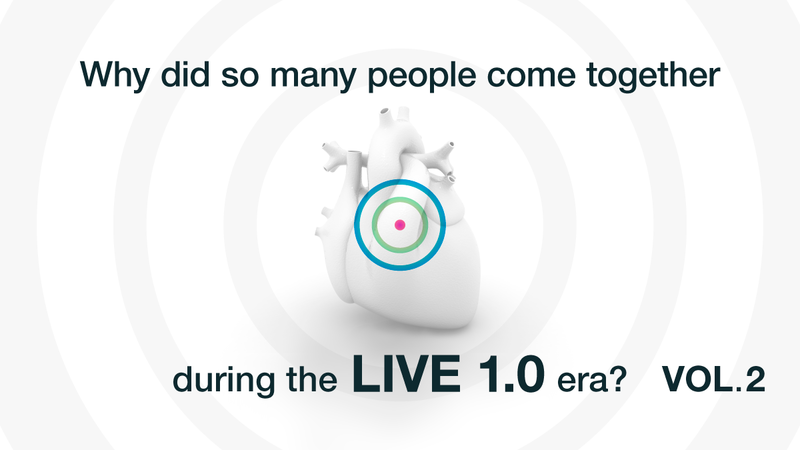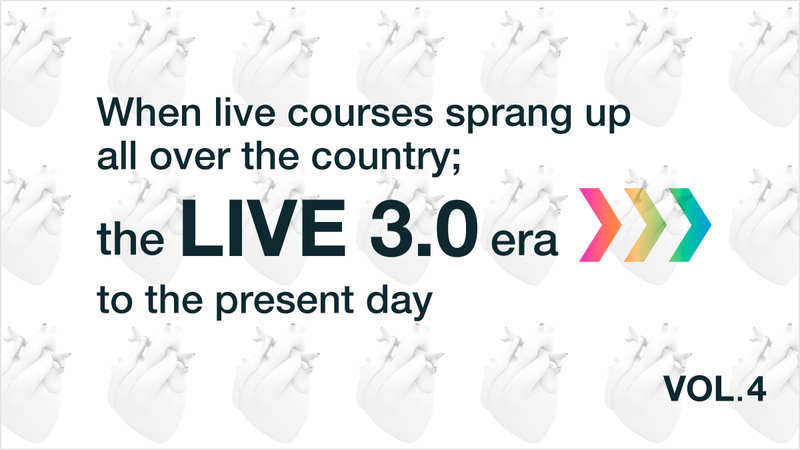In the early days, live courses played a key role in the promotion of companies as the place to unveil new products that were introduced each year. Cardiologists who learned about these products would visit the exhibition booths set up by the companies at the live venues to inquire about the new products and at the same time negotiate to have them supplied to their own facilities. In the early days of Kokura, Kurashiki, Kamakura, and Naka-Nihon (now CCT) Live, the exhibition spaces were filled with medical professionals and local distributors, and for companies traveling around the country with limited manpower, sponsoring a live course was highly cost effective.
In the early days, the reimbursement prices of medical devices were high, and subsidiaries of international manufactures (such as Johnson & Johnson, Boston Scientific, and Medtronic) could earn large profits from them. By the mid-1990s, most of the medical devices used for catheterization were imported from Europe and the United States while the price of advanced medical devices in Japan was more than five times higher. As a result, it became necessary to correct this gap between domestic and foreign markets.1 Subsidiaries of international manufactures invested part of the profits from the higher reimbursement prices into live courses, and according to the "Outline Version of the Draft Vision for the Medical Device Industry" published in 2003, the official price of a PTCA balloon catheter was 250,000 yen to 320,000 yen, when the actual price was 257,000yen.2 This was approximately eight times higher than the 2020 reimbursement price of 35,500 yen.3
From the late 1990s to the mid-2000s, the catheter industry developed greatly, not only among major medical device companies in the U.S. and Europe, but also among venture companies and specialized trading companies operating as distributors in Japan.
Table 1: Price Trends and the Rate of Decline for PTCA Balloon Catheters and Coronary Stents4
| |
PTCA Balloon Catheter |
Coronary Stent |
| Year |
Price (JPY) |
Rate of Decline |
Price (JPY) |
Rate of Decline |
| 2002 |
¥239,000 |
N/A |
¥331,000 |
N/A |
| 2003 |
¥218,000 |
-8.79% |
¥328,000 |
-0.91% |
| 2004(Q1) |
¥197,000 |
-9.63% |
¥324,000 |
-1.22% |
| 2004(Q2 – Q4) |
¥192,000 |
-2.54% |
¥318,000 |
-1.85% |
| 2005 |
¥172,000 |
-10.42% |
|
|
The Live Course Boom Spreads Nationwide (Live 2.0 Era, 1996-2005)
We define the Live 2.0 era as the time when cardiologists in the early days launched live courses across the country, following the growth of the industry since the mid-1990s. There were a limited number of companies that enabled live transmissions from the catheterization lab to the venue, but due in part to the fact that experience was accumulated over time, simplified operations became possible, and digitalization reduced the cost of coverage making it easier to operate live performances.
The organizers of Live 2.0 were leading cardiologists in their respective regions, and their contribution to the local cardiologists who were unable to travel in Kokura, Kurashiki, Kamakura, CCT, etc. was significant. One of the characteristics of Live 2.0 is that the local organizers invited celebrity cardiologists who performed one of the four major live courses in Japan (Kokura, Kurashiki, Kamakura, and CCT). Guest operators at the live courses held throughout Japan in 2002 included Dr. Masaaki Nobuyoshi (Kokura Memorial Hospital), Dr. Shigeru Saito (Shonan Kamakura General Hospital), Dr. Takahiko Suzuki (Toyohashi Heart Center), Dr. Kazuaki Mitsudo (Kurashiki Central Hospital), Dr. Hideo Tamai (Kusatsu Heart Center), and Dr. Osamu Kato.
Table 2 summarizes the live courses that were launched nationwide from the mid-1990s to the mid-2000s.
Table 2: Live Courses Launched in the Live 2.0 Era5
| Course Name |
Event Sponsor |
Venue |
| Adatara Live Demonstration |
Mikihiro Kijima
(Hoshi General Hospital) |
Fukushima |
| Han-Nihonkai Live Demonstration |
Masaaki Okabe
(Tachikawa General Hospital) |
Niigata |
| Kanazawa Coronary Conference* |
Honin Kanaya
(Ishikawa Prefectural Central Hospital) |
Kanazawa |
| Kawasaki Live Demonstration Conference |
Toshiya Muramatsu
(Kawasaki Social Insurance Hospital) |
Kanagawa |
| Kansai TRI LIVE |
(Kyoto Second Red Cross Hospital) |
Kyoto |
| Matsumoto Live Demonstration |
Kyohei Yamazaki
(Matsumoto Kyoritsu Hospital) |
Nagano |
| Hyogo Live Demonstration |
Tadaaki Iwasaki
(Hyogo Medical University) |
Hyogo |
| Kinki IVUS Kenkyukai |
Satoru Sumitsuji
(Rinku General Medical Center) |
Osaka |
| Kyoto Live |
Kinzo Ueda
(Takeda Hospital) |
Kyoto |
| Tokyo Live Demonstration |
Tetsu Yamaguchi
(Toho University Ohashi Hospital) |
Tokyo |
| Hokkaido Live Demonstration |
Hideki Abe
(Hokuto Cardiovascular Hospital) |
Hokkaido |
| Iwate PTCA Live Demonstration |
Kenji Tamaki
(Iwate Prefectural Central Hospital) |
Iwate |
*The Kanazawa Coronary Conference was formerly known as Hokuriku PTCA Live.
- Yoshida S. The Actual Situation of the Price Difference of Specified Healthcare Materials in Japan and Abroad.
https://www.jmari.med.or.jp/download/15_yoshida.pdf
- Ministry of Health, Labor and Welfare. Medical Device Industry Vision (Draft) Outline Version 2003.
https://www.mhlw.go.jp/public/bosyuu/iken/dl/p0319-1b1.pdf
- Ministry of Health, Labor and Welfare. Specified Insurance Medical Materials Notice and Notification Information Details.
https://shinryohoshu.mhlw.go.jp/shinryohoshu/paMenu/doPaDetailTpPrev&0
- Japan Medical Research Institute. Working Paper: The Actual Situation of the Price Difference of Specified Insurance Medical Supplies No. 119.
https://www.jmari.med.or.jp/download/WP119.pdf
- Conference and Live Information 2002 Academic Meeting and Local Live Demonstration Schedule
http://www.radialist.com/event/%8Aw%89%EF%83%89%83C%83u.html
About the Author: Satoru Hashimoto
After graduating from Bellevue University in Nebraska, USA, in 1994, Mr. Hashimoto returned to Japan to work for a foreign healthcare consulting company before joining Johnson & Johnson. After a career in sales and marketing in the field of catheter intervention, he established TCROSS Co., Ltd. In 2005. He enrolled in the Graduate School of Management, GLOBIS University in 2019 and graduated in 2021 with an MBA (Master of Business Administration). He is a full member of the Japan Science and Technology (JST) Journalists Conference and the International Science Writers Association (ISWA).





